1. Internet of Things (IoT)
The Internet of Things or IoT refers to the thousands of physical gadgets in the world now linked to the internet and all data are collected and shared. Thanks to super-cheap computer processors and wireless networks all-round. Connecting and adding sensors to all these different items provides a digital intelligence level to devices, enabling them to transmit real-time data without human needs. The Internet of things is smarter and reacts to the structure of the world around us, integrating the physical and the digital realms.
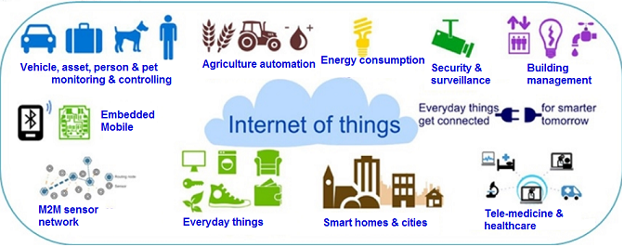
Fig.1: Image depicting the IoT system (Source: https://tcefnc.org/iot-club/)
Due to the confluence of several technologies, real-time analyses, machine learning, all-around computer technology, commodity sensors, and built-in systems, things have changed. The traditional disciplines of embedded systems, wireless sensors networks, and control systems have all helped to enable the Internet of Things (including home, building automation) and others. IoT technology is the synonym for items on the consumer market that relate to the “smart home” idea, including appliances and home appliances (such as lighting devices, thermostats, etc.) Home cameras and other household devices) support one or more common ecosystems
2. IoT testbeds
The testbed has been created for several IoT application areas and has a compact configuration. A low-cost, dependable and customized testbed is the primary aim of the triabed. It allows for minimal power usage, repetitiveness testing, and portability of programs. The testbed design is based on the use of NRF24L01+ chipsets for wirelessly connecting a dedicated gateway. Arduino UNO and Arduino DUE respectively implemented sensor nodes and gateway. The gateway is connected to a server that operates three components of the software: the adapter server, the webserver Apache, and the server for MySQL.
The testbed gives open-source and open-hardware access to both open and remote.
The test platform for social research was developed in MakeSense which allows actual and large-scale IoT experiments. It allows the monitoring and situational application of indoor activities in real-time. A scalable and adaptable customer-server design is the basis for the testbed. A number of sensor nodes have been installed and connected to a server through Broadband Internet using Lightweight Machine-to-Machine protocol. For improved IoT data processing and visualization, the server is hosted on the cloud. The testbed offers the API with remote management access to sensor nodes and resource settings. The testbed has several security implementations including the Advanced Encryption Standard Datagram Transport Layer Security (DTLS), the prescribed key authentication, and data encryption (AES).
3. What Can IoT Testing Tool Does?
3.1 Testing for safety
Tools for IoT testing penetration can check that device free of dangers, vulnerabilities, or hazards. You should seek your IoT automation testing tools for all gaps or lags in an IoT product in your security testing procedure. Is data sent always safeguarded and encrypted? How firmly prevents harmful assaults by password protection?
3.2 Testing of connectivity
Connectivity is what is so attractive about IoT devices. The strength of communication between the unit and the user and between two or more IoT units should be reviewed using IoT testing tools. How easily connects the gadget to the network? Can the gadget send desired and relevant data successfully once connected? What is the system like while it’s offline?
3.3 Testing performance
In typical conditions, IoT Performance Test Tools are conceived to ensure the intended performance of the IoT device. The objective of the IoT application performance test is to eliminate any performance bottlenecks or failures that hinder the IoT system from operating at optimum levels. IoT Performance Testing Tools may collect data on device response time and product characteristics dependability. Is IoT maintenance in typical circumstances of speed and stability? What is the load capacity of the IoT device before it fails or collapses?
3.4 Testing Functional
The IoT system should be validated against functional needs and specifications with the support of IoT testing tools. You should test each function of the IoT device by giving suitable enters and monitoring the results against your functional requirements in your functional test case, from the API testing to your IoT device standard regression testing. Functional tests evaluate the user’s interface, APIs, database, and client/server interactions whether conducted manually or using IoT automated testing tools.
3.5 Testing of compatibility
Compatibility testing must be incorporated in every QA process due of the complexities associated with IoT technologies. Perform test cases using your IoT test tools that check your IoT device’s compatibility overall user experience, from hardware and operating systems to software or network speeds. Does the IoT gadget work for any kind of OS/Browser? Is the IoT device operating on generations of devices in-browser versions as expected?
4. Best IoT Testing tools
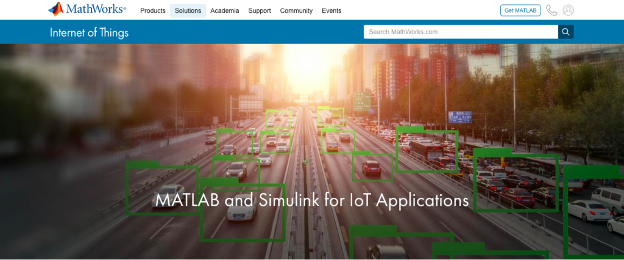 Fig.2: MATLAB(Source: https://instabug.com/blog/top-iot-testing-tools/)
Fig.2: MATLAB(Source: https://instabug.com/blog/top-iot-testing-tools/)
MATLAB and Simulink can support IoT apps like predictive maintenance, operational optimization, supervision control, and much more, develop, prototype, and deploy.
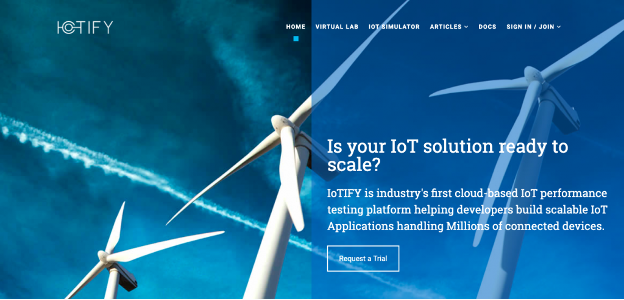
Fig.3: IoTIFY (Source: https://instabug.com/blog/top-iot-testing-tools/)
IoT developers and testers have to offer simulation as a service to make life easier. Their technology enables a virtual device to be defined and the connection endpoint specified and the simulation may be executed and scaled as needed.
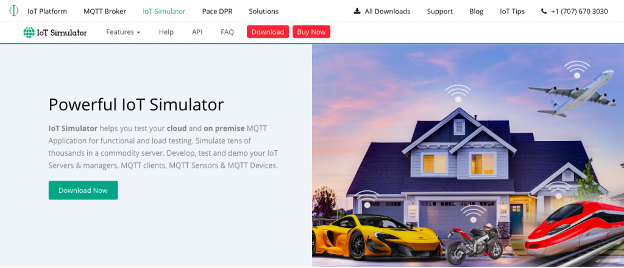 Fig.4: BevyWise IoT Simulator (Source: https://instabug.com/blog/top-iot-testing-tools/)
Fig.4: BevyWise IoT Simulator (Source: https://instabug.com/blog/top-iot-testing-tools/)
Helps you to test your MQTT on-site cloud and load testing application. Tens of thousands of people can be simulated on a commodities server. All elements of your IoT devices from servers to MQTT devices may be developed and tested.
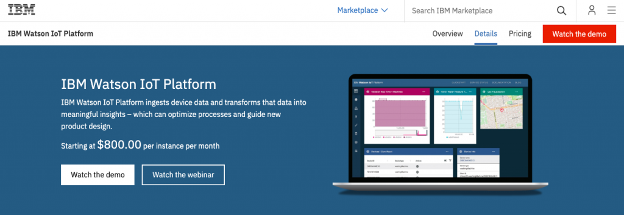
Fig.5: IBM Watson IoT Platform (IBM Bluemix) ( Source: https://instabug.com/blog/top-iot-testing-tools/)
A multiple IBM Cloud service solution. You may gather and analyze relevant product performance and data for use with IoT-enabled devices using the IoT platform. Add-ons to the platform such as Blockchain or Platform Analytics are also available.
Source
https://www.zdnet.com/article/what-is-the-internet-of-things-everything-you-need-to-know-about-the-iot-right-now/
https://en.wikipedia.org/wiki/Internet_of_things
https://www.hindawi.com/journals/wcmc/2020/8849433/
https://dzone.com/articles/iot-best-iot-testing-tools-strategies-amp-products
